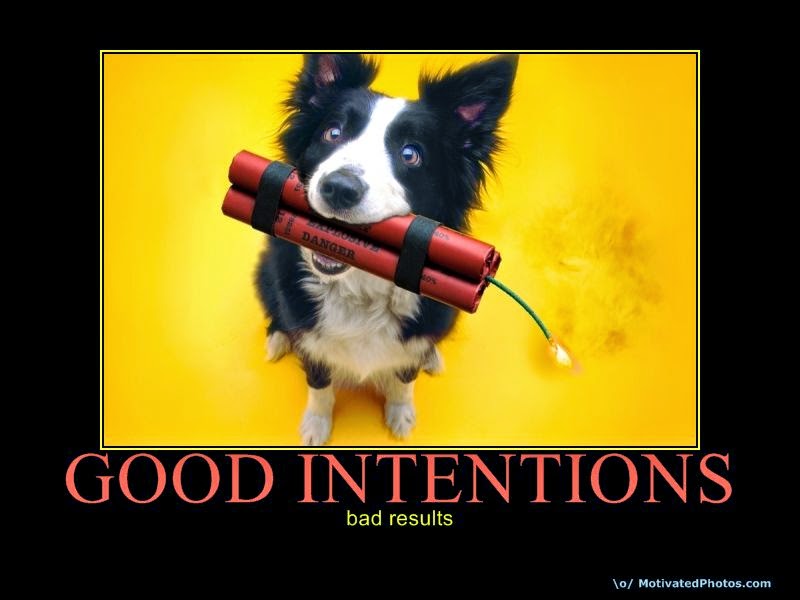Deu-me para recordar o Lindy Effect ao ler "The old-fashioned mail-order catalog gets a new lease on life":
"In an era of explosive growth for online buying, retailers and shoppers are showing renewed interest in a humble purchasing device that uses paper instead of pixels.E isto:
...
For the first time since 2011, Sears Holdings sent out the Sears Wish Book, a holiday tradition for generations of children. Although this year’s catalog has the heft of a magazine rather than the phone-book size that the department store produced back when it was a retail juggernaut, the offerings are more extensive and searchable online.
.
The ability to stand out in that physical mailbox is easier than it was 10 years ago.
...
In 2016. the response to catalogs increased 23% from the year before, ... In terms of catalogs, which make up one third of all direct mail, that means they were more likely to buy something than in the past several years.
.
Companies are using print catalogs to cut through email clutter and social-media saturation,
...
print catalogs will never be as popular as they once were, but that retailers appear to be using them as part of what he called an “omnichannel” approach that tries to more closely integrate a store’s website with its physical stores, such as buying online and picking up at the store the same day."
"A survey included in a recent DMA report found that nearly one-third of those polled said getting a catalog drove them to shop online."




%2006.21.jpeg)












